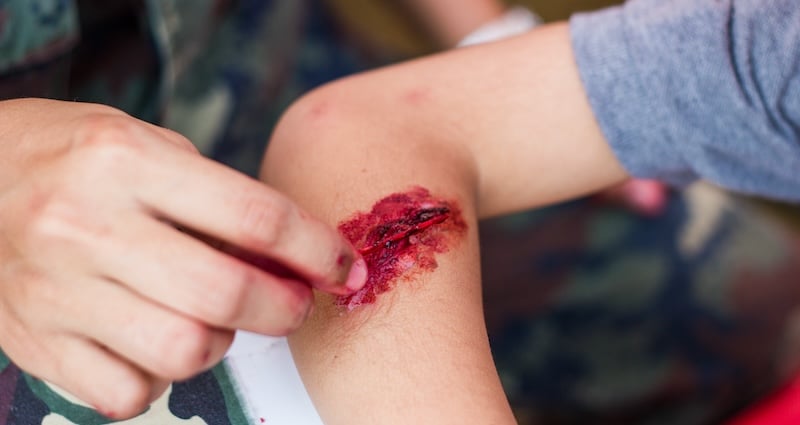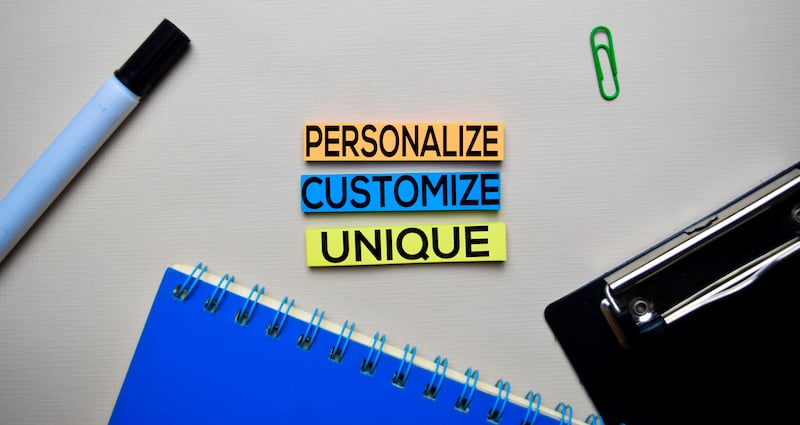
DNA wasn't always widely accepted as valid evidence in court cases the way it is today. The first decision to uphold the admission of DNA evidence in state appellate court was in 1988; before that, DNA was thought of as too inconclusive. Now courts have determined that DNA identification theory, practice, and techniques are widely accepted among the scientific community and therefore valid as evidence.
But that doesn't mean DNA evidence can't still be discounted in court.
Why Proper DNA Evidence Collection is so Vital
There are rules that must be followed and standards that must be met for any type of evidence to be submitted. The collection and preservation of DNA evidence must be done by the book. Collecting fingerprints, hair, and fibers; and swabbing for fluids like blood, semen, and saliva is only successful when great care is taken to prevent contamination or mishandling.
Before the Trial
Both the defense and prosecution can make motions to suppress evidence before trial. Motions to suppress that are based on legal defects can be decided on by a judge.
An attorney can, for example, motion to suppress DNA evidence obtained without a warrant. Even if a warrant is not required, the attorney could argue the samples are nevertheless unreasonable if there is no clear indication they would produce evidence against his client, or if the samples are not collected by a qualified professional.
If the judge rules in favor of these motions, the evidence will never make it to trial.
During Trial
Once evidence is accepted, it is still subject to a credibility challenge. A jury decides issues of the credibility of the evidence, and it is up to the attorneys to convince jurors of the credibility, or lack thereof.
Consider the OJ Simpson murder trial. A great deal of biological evidence from the scene, including bloody gloves and blood left on the bodies, was collected. DNA testing was done not only by a police crime lab, but by two independent labs. The results? Simpson's genes were a match to the samples. At the time, many people considered it an open-and-shut case.
But the defense argued the blood wasn't collected and processed appropriately. Simpson's lawyers alleged the samples were, at the very least, mishandled and switched while under police custody. After days of putting the DNA evidence under a shadow, the jury couldn't convict beyond a reasonable doubt and Simpson was acquitted.
When a defendant's attorney argues the police failed to maintain proper control over collected evidence, the allegation is that a violation of the "chain of custody" has occurred. If police can't account for a piece of evidence at some point between collection at the crime scene and presentation at trial—the defense could say the evidence has been compromised.
The power of DNA as a tool to convict criminals or exonerate the falsely accused is uncontested. But to gain evidence that will be admissible at trial requires proper DNA collection, handling, packaging, and transport. DNA won't hold up in court if its been compromised—not even the strongest match.
That's why it's so important that everyone throughout an investigation follow proper procedure, and that forensic departments choose only the best tools for DNA evidence collection.




